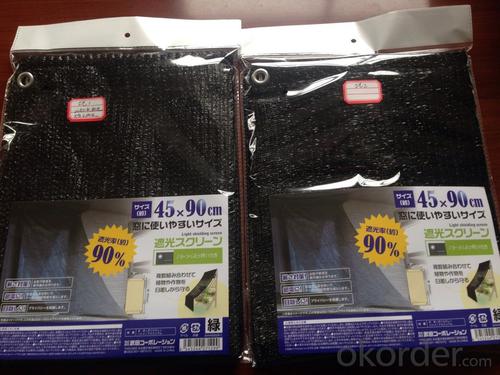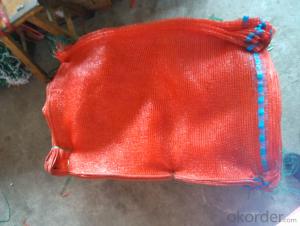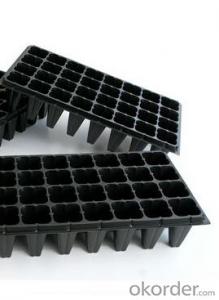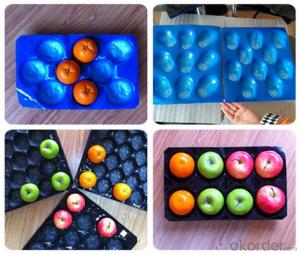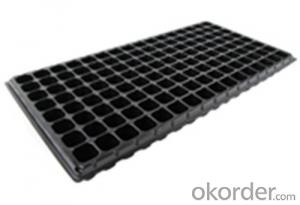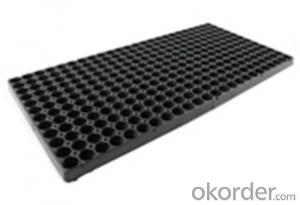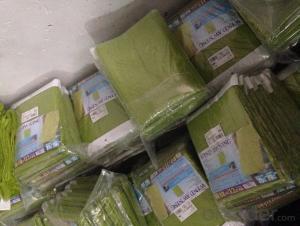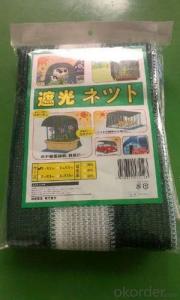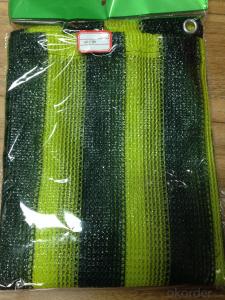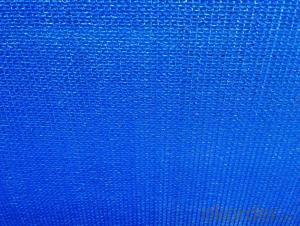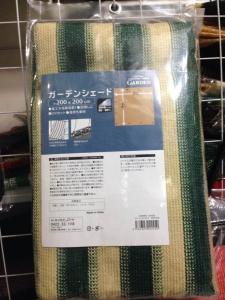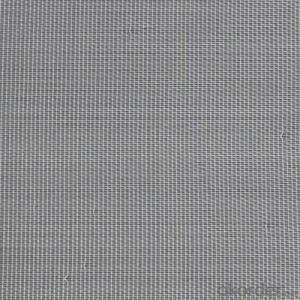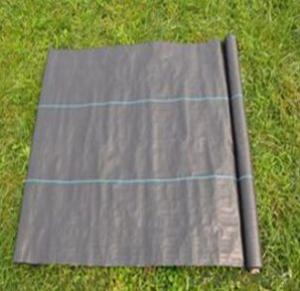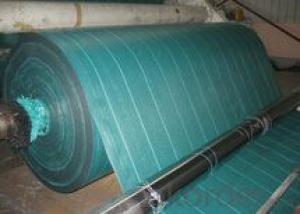Shade Net Export to Japan 100% HDPE
- Loading Port:
- China Main Port
- Payment Terms:
- TT OR LC
- Min Order Qty:
- -
- Supply Capability:
- -
OKorder Service Pledge
OKorder Financial Service
You Might Also Like
Specifications
balcony privacy net
1.Material:100% new HDPE,UV
2.Weight:120~220gsm
3.Useful life:3~5 years
4.balcony net factory price
balcony privacy net/shade net/window net
--product description
Product | balcony privacy net/shade net/window net |
Brand Name | XINH-GL-80 |
Material | 100% new HDPE with UV,long service life |
Color | Green,yellow,blue,gray (as your request) |
Weight/sqm | 120~220gsm |
Size | Width:0.5m-3m, Length: as your request |
Samples | 1). sample time: Within 7-15 days. |
2). Sample charge: According to product details. | |
3). Sample refund: Negotiable | |
4). Send sample: Via TNT, UPS, FedEx, DHL Express | |
Sample is free for you to test the quality | |
Payment | T/T, L/C |
Delivery Time | Within 20 days after getting the deposit |
| | |
| | |
| | |
| | |
| | |
| | |
| | |
| | |
- Q: Can nursery trays be used for starting herbs?
- Yes, nursery trays can be used for starting herbs. They provide a convenient and organized way to germinate and grow herb seeds, allowing for proper drainage and easy transplanting once the seedlings have developed.
- Q: How does ground cover affect the growth of nearby aquatic plants?
- Ground cover can have a significant impact on the growth of nearby aquatic plants. Vegetation on the ground, such as grasses, shrubs, or trees, can provide shade and reduce the amount of sunlight reaching the aquatic plants. This reduced sunlight can inhibit their growth by limiting their ability to photosynthesize and produce energy. Additionally, ground cover can influence the availability of nutrients and organic matter that can be washed into the water, either promoting or hindering the growth of aquatic plants depending on the composition of the ground cover. Overall, ground cover plays a crucial role in shaping the growth and development of nearby aquatic plants.
- Q: Can nursery trays be used for starting bulbous herbs?
- Yes, nursery trays can be used for starting bulbous herbs. The trays provide a suitable environment for germination and early growth of bulbous herbs, allowing for proper root development before transplanting them into individual pots or the garden.
- Q: This question asks for a comparison of the benefits and drawbacks associated with the use of plastic products in agriculture.
- <p>Advantages of using agricultural plastic products include increased efficiency in water and nutrient use, protection from pests and harsh weather, and enhanced crop yield. They can also reduce labor costs and improve the quality of produce. Disadvantages include environmental concerns such as plastic pollution and the potential for chemicals to leach into the soil and water, leading to soil degradation and health risks. Additionally, the production and disposal of plastic can contribute to greenhouse gas emissions, and the cost of plastic products can be a burden for some farmers.</p>
- Q: Can nursery trays be used for seed starting?
- Yes, nursery trays can be used for seed starting. Nursery trays are designed to provide a suitable environment for seed germination and early seedling growth. They typically have compartments or cells that allow for the individual sowing of seeds. These trays often come with drainage holes at the bottom to prevent waterlogging and promote healthy root development. Additionally, nursery trays can be easily transported and can be used with or without a greenhouse or grow lights, making them a convenient option for starting seeds.
- Q: Are agricultural plastic products versatile enough to be applied in other sectors outside of agriculture?
- <p>Yes, agricultural plastic products can be used in other industries. These products, such as plastic films, pipes, and containers, are known for their durability and resistance to weathering, making them suitable for construction, landscaping, and even in some cases, the automotive industry for parts production. Their versatility allows for repurposing in various sectors, provided the material specifications meet the industry standards.</p>
- Q: This question asks about the various applications of plastic materials in agriculture.
- <p>Agricultural plastic products have a wide range of uses. They are used in greenhouses to control temperature and humidity, enhancing crop growth. Plastic mulches are used to suppress weeds and retain soil moisture. They are also utilized in drip irrigation systems to conserve water. Plastic films are employed for seedling cultivation, and plastic-coated wires support growing plants. Additionally, plastic containers are used for storage and transport of agricultural produce, while plastic nets protect crops from pests. These products significantly contribute to modern agricultural practices, improving efficiency and yield.</p>
- Q: What are the primary uses of plastic materials in farming practices?
- <p>Agricultural plastic products are widely used in agriculture for various purposes. They are primarily used for mulching to control weeds, retain soil moisture, and regulate soil temperature, which enhances crop growth. They are also used in greenhouses and hoop houses to create controlled environments for year-round cultivation. Plastic films are used for seedling trays, and plastic pipes are employed in drip irrigation systems for efficient water management. Additionally, plastic is used in the construction of silos and storage containers to preserve harvested crops, and in the production of biodegradable mulch films to reduce environmental impact. These applications contribute to increased crop yields, reduced labor, and improved sustainability in agricultural practices.</p>
- Q: I heard there are two types of biodegradable plastic technology, one is oxo, the other is hydro.
- maximum biodegradable plastics have a base in lactic acid. It has a carboxylic acid and a hydroxy on it, so it is polymerized. it fairly is the place i might start up. You destroy the ester bond, and it may decarboxylate.
- Q: How are plastic feeders and drinkers used in agriculture?
- Plastic feeders and drinkers are commonly used in agriculture to provide a convenient and hygienic solution for feeding and watering livestock. They are designed to be durable, lightweight, and easy to clean, making them ideal for use in various farming settings. Plastic feeders are used to hold and dispense animal feed, ensuring that the livestock has access to a steady and controlled supply of food. Similarly, plastic drinkers are used to supply water to the animals, ensuring they stay hydrated throughout the day. These plastic devices are practical, cost-effective, and widely used as essential equipment in modern agricultural practices.
Send your message to us
Shade Net Export to Japan 100% HDPE
- Loading Port:
- China Main Port
- Payment Terms:
- TT OR LC
- Min Order Qty:
- -
- Supply Capability:
- -
OKorder Service Pledge
OKorder Financial Service
Similar products
Hot products
Hot Searches
Related keywords

